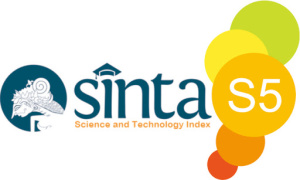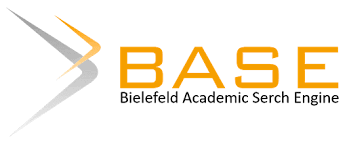Prediksi Pelanggan Loyal Menggunakan Metode Naïve Bayes Berdasarkan Segmentasi Pelanggan dengan Pemodelan RFM
DOI:
https://doi.org/10.5281/zenodo.7178249Abstract
Increasingly fierce market competition has encouraged companies to strive for better business, and companies are expected to change their perspective from a product-oriented approach to a customer loyalty-focused approach. Customers are the most valuable asset in running a business. Therefore, loyal customers need to be accurately predicted or to know the level of accuracy in order to help in the decision-making process related to the problem by applying data mining to find patterns hidden in the big data used. The implementation of data mining to predict loyal customers using the Naïve Bayes method based on customer segmentation with RFM modeling can be done well by utilizing sales transaction data. The customer segmentation process is needed to group customers who have similar characteristics by using the RFM model and then produce ten segments. Naïve Bayes is used to forming loyal customer prediction models and the evaluation results of the models that have been tested, namely accuracy of 97.27%, precision of 100%, and recall of 96.98%.
Downloads
Downloads
Published
Issue
Section
License
Authors who publish with the Jurnal Manajemen dan Teknologi Informasi agree to the following terms:
1. Authors retain copyright and grant the journal the right of first publication with the work simultaneously licensed under a Creative Commons Attribution License (CC BY-SA 4.0) that allows others to share the work with an acknowledgment of the work's authorship and initial publication in this journal.
2. Authors are able to enter into separate, additional contractual arrangements for the non-exclusive distribution of the journal's published version of the work (e.g., post it to an institutional repository or publish it in a book), with an acknowledgment of its initial publication in this journal.
3. Authors are permitted and encouraged to post their work online (e.g., in institutional repositories or on their website) prior to and during the submission process, as it can lead to productive exchanges, as well as earlier and greater citation of published work. (See The Effect of Open Access) .





















